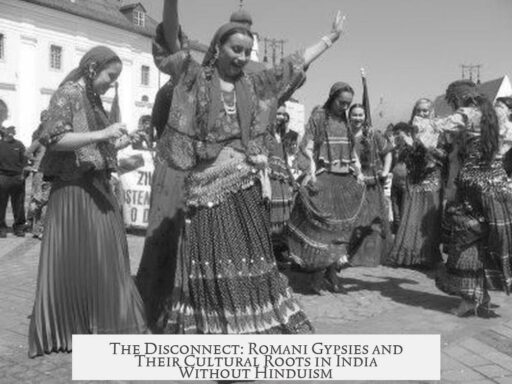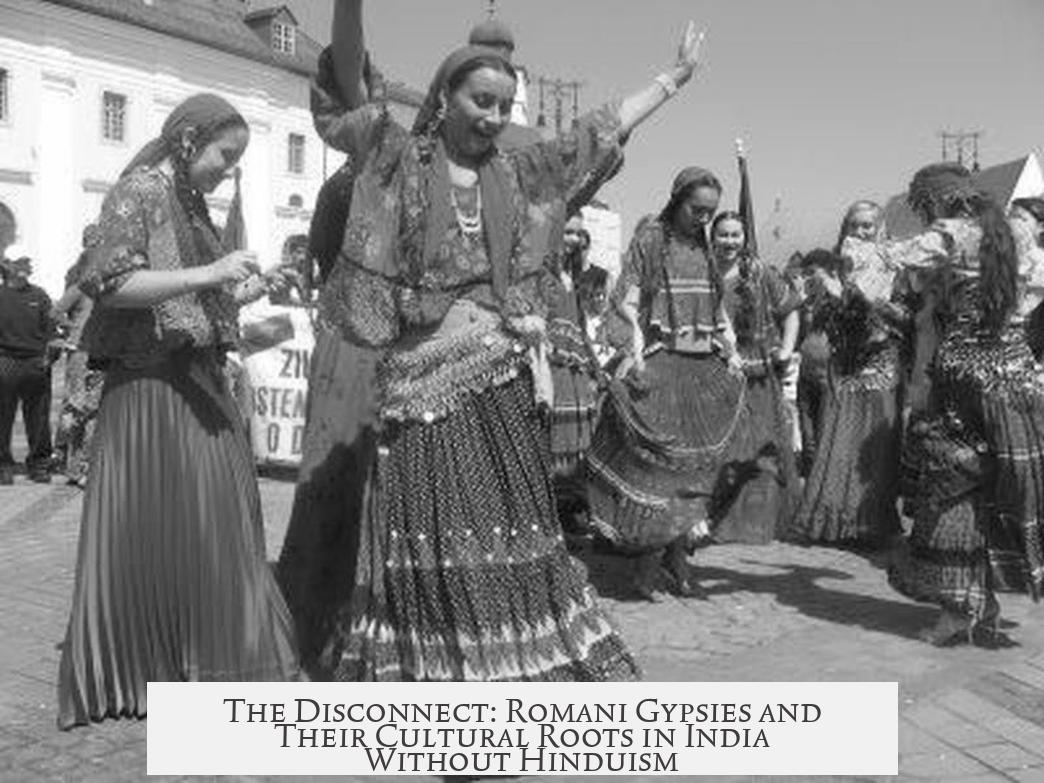The Romani people do not practice Hinduism despite their Indian cultural roots because their ancestors belonged to a marginalized, lower caste group with animistic beliefs rather than mainstream Hinduism. Their migration and social conditions led them to abandon Hindu religious practices but retain cultural traditions inherited from their Indian origin.
The Roma trace their genetic lineage primarily to the Doma, a group from northwest India. Genetic studies highlight the Y-chromosomal haplogroup H1a1a-M82, prevalent among Roma populations across countries, linking them explicitly to Indian ancestry. This connection is crucial for understanding their cultural heritage.
The Doma historically belonged to what India terms the Scheduled Castes/Tribes, often considered “untouchables” in the caste system. They were typically animists before gradual and forced assimilation into Hinduism. However, Hinduism traditionally excluded these groups, who faced systemic discrimination and marginalization.
This social exclusion shaped their religious affiliation. The Doma were relegated to low-status occupations with negligible social mobility. They encountered exclusion not only from higher castes but also maintained distinct spiritual practices. Their adoption of Hinduism was nominal and largely imposed, not reflecting sincere or widespread religious loyalty.
A significant shift occurred during the invasions from Muslim armies, particularly between 1001 and 1026 CE. Many Doma fought to defend Indian kingdoms and were nominally promoted to the Kshatriya caste, the warrior class. Despite this, local society continued to reject them socially and refused integration through marriage or social acceptance. This failure to gain a secure place within Hindu society contributed to their alienation.
The invasion’s aftermath, including the establishment of the Delhi Sultanate, meant persistent persecution. Having fought against Muslim forces yet receiving no real reward or improved status, the Doma found themselves vulnerable from all sides. This hostile environment encouraged their westward migration.
The Romani ancestors’ prior animistic belief system and marginal acceptance within Hinduism meant little spiritual loyalty to the Hindu religion. When traveling through diverse regions, adopting the local religion became a survival strategy. Such pragmatic religious shifts aimed to reduce persecution and improve social acceptance.
- The Romani preserved cultural traditions inherited from India. These traditions—language elements, customs, and social structures—survived because cultural practices resist change stronger than formal religious affiliation.
- Religious adherence is often flexible under social and migratory pressures, whereas deep-seated cultural identity elements endure across generations.
Therefore, the Romani gypsies’ abandonment of Hinduism results from their low caste origins, marginalization in Indian society, disillusionment with promised social elevation, and pragmatic adaptations during extensive migration and persecution. These factors explain why they retained much cultural heritage but do not practice Hinduism today.
| Key Factors | Description |
|---|---|
| Origin | Lower caste Doma, animists from India |
| Caste Status | Marginalized, “untouchables”, nominal Hindu assimilation |
| Migration | Westward due to persecution and failed social integration |
| Religious Identity | Pragmatic adoption of local religions; low loyalty to Hinduism |
| Cultural Retention | Persistence of traditions rooted in Indian origin |
Key takeaways:
- Roma descend from the Doma, a marginalized Indian lower caste group with animistic roots.
- Their adoption of Hinduism was minimal and imposed, lacking deep loyalty due to discrimination.
- Failed caste promotion during Muslim invasions contributed to social alienation and migration.
- Migrating Roma pragmatically adopted host religions to escape persecution.
- Cultural traits persisted longer than religious practices due to deep roots in identity.




